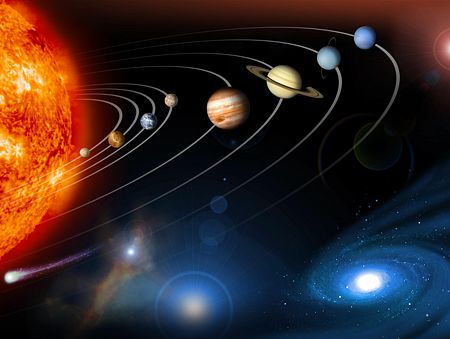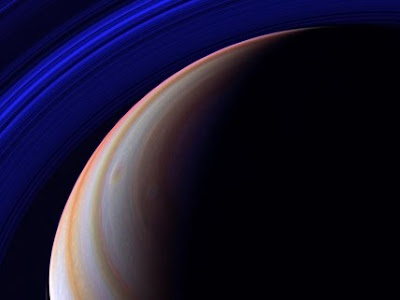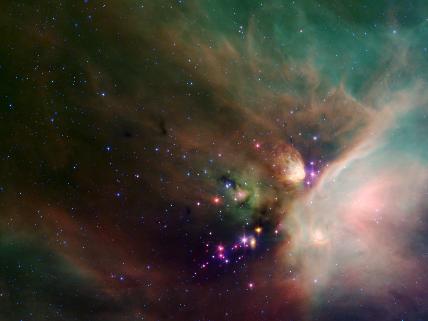
Alimentos, combustíveis e abrigos: vegetação é um dos mais importantes requisitos para as populações humanas ao redor do mundo. Satellites monitor how "green" different parts of the planet are and how that greenness changes over time. Satélites controlar a forma como os "verdes" diferentes partes do planeta que são e como verdura mudanças ao longo do tempo. These observations help scientists understand the influence of natural cycles, such as drought and pest outbreaks, on vegetation, as well as human influences, such as land-clearing and global warming. Estas observações ajudam cientistas compreender a influência dos ciclos naturais, como secas e pragas focos, a vegetação, bem como as influências humanas, tais como a limpeza de terrenos e de aquecimento global.
One method of mapping the difference in vegetation is a measurement known as the Normalized Difference Vegetation Index (NDVI). Um método de mapeamento da diferença de vegetação é uma medida conhecida como o Normalized Difference Vegetation Index (NDVI). This image shows NDVI from Nov. 1, 2007, to Dec. 1, 2007, during autumn in the Northern Hemisphere. Esta imagem mostra NDVI a partir de 1 de Novembro de 2007, a 1 de Dezembro de 2007, durante o outono no hemisfério norte. This monthly average is based on observations from the Moderate Resolution Imaging Spectroradiometer (MODIS) on NASA's Terra satellite. Esta média mensal é baseado em observações a partir da Resolução Moderada Imaging Spectroradiometer (MODIS) a Terra via satélite da NASA.
The greenness values on this global map range from -0.1 to 0.9, but have no actual unit. Os valores verdura mapa global sobre esta faixa de -0,1 a 0,9, mas não têm real unidade. Instead, Em vez de,
higher values (dark greens) show land areas with plenty of leafy green vegetation, such as the Amazon Rainforest. valores mais elevados (dark green) mostram terrenos com abundância de áreas verdes folheada vegetação, tais como a Amazon Rainforest. Lower values (beige to white) show areas with little or no vegetation, including sand seas and Arctic areas. Os valores mais baixos, (bege para branco) mostram áreas com pouca ou nenhuma vegetação, incluindo areia mares e zonas árcticas. Areas with moderate amounts of vegetation are pale green. As áreas com moderada quantidade de vegetação está verde pálido. Land areas with no data appear gray, and water appears blue. Land áreas com dados não aparecem cinza, ea água parece azul.
Image Credit: NASA Image Crédito: NASA









































